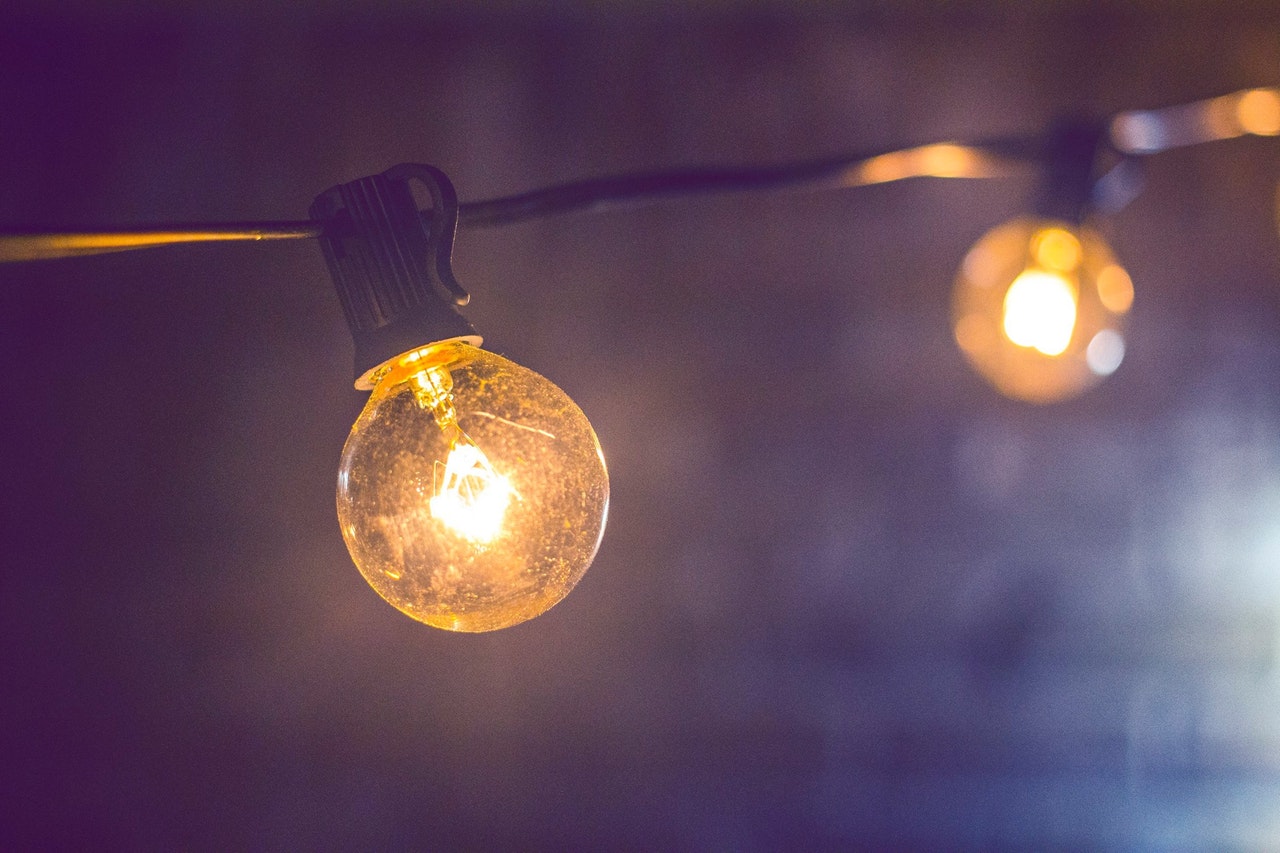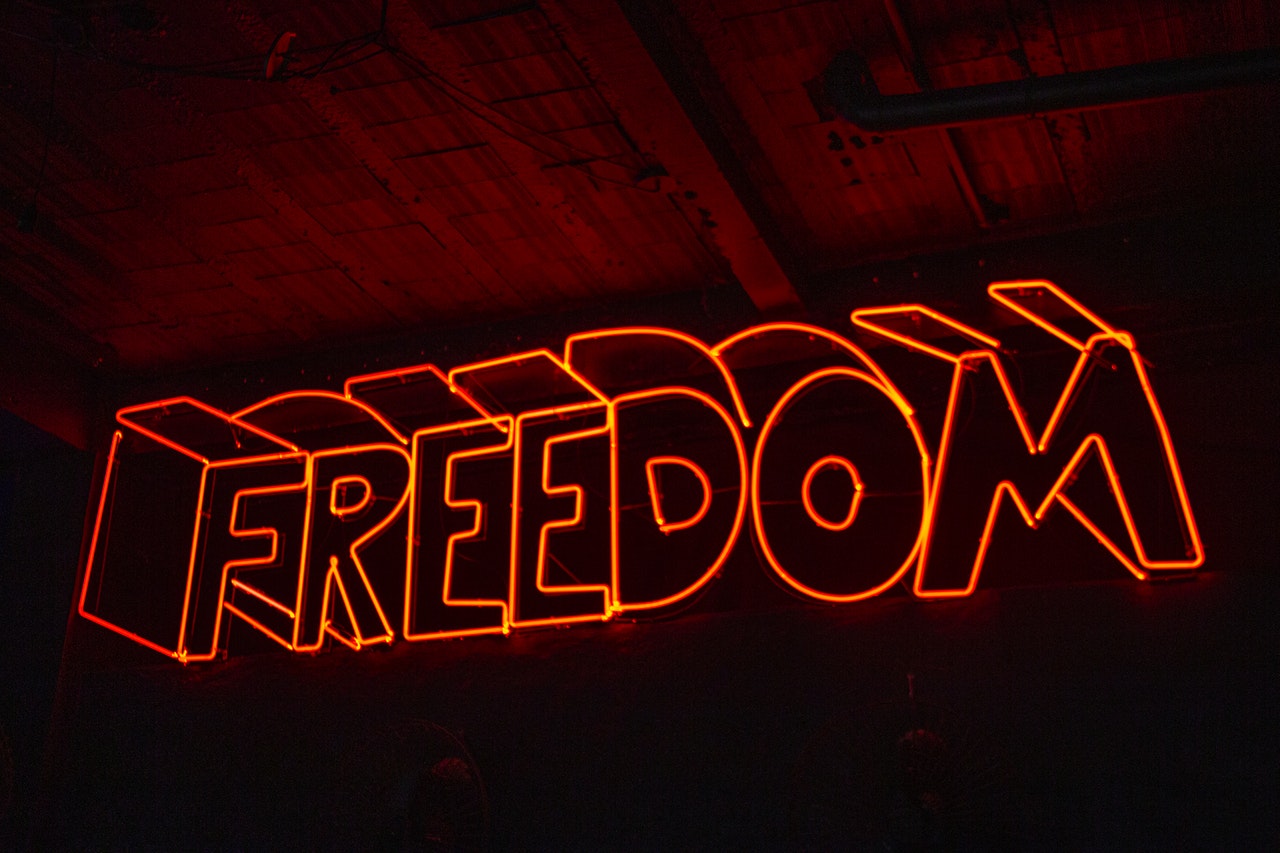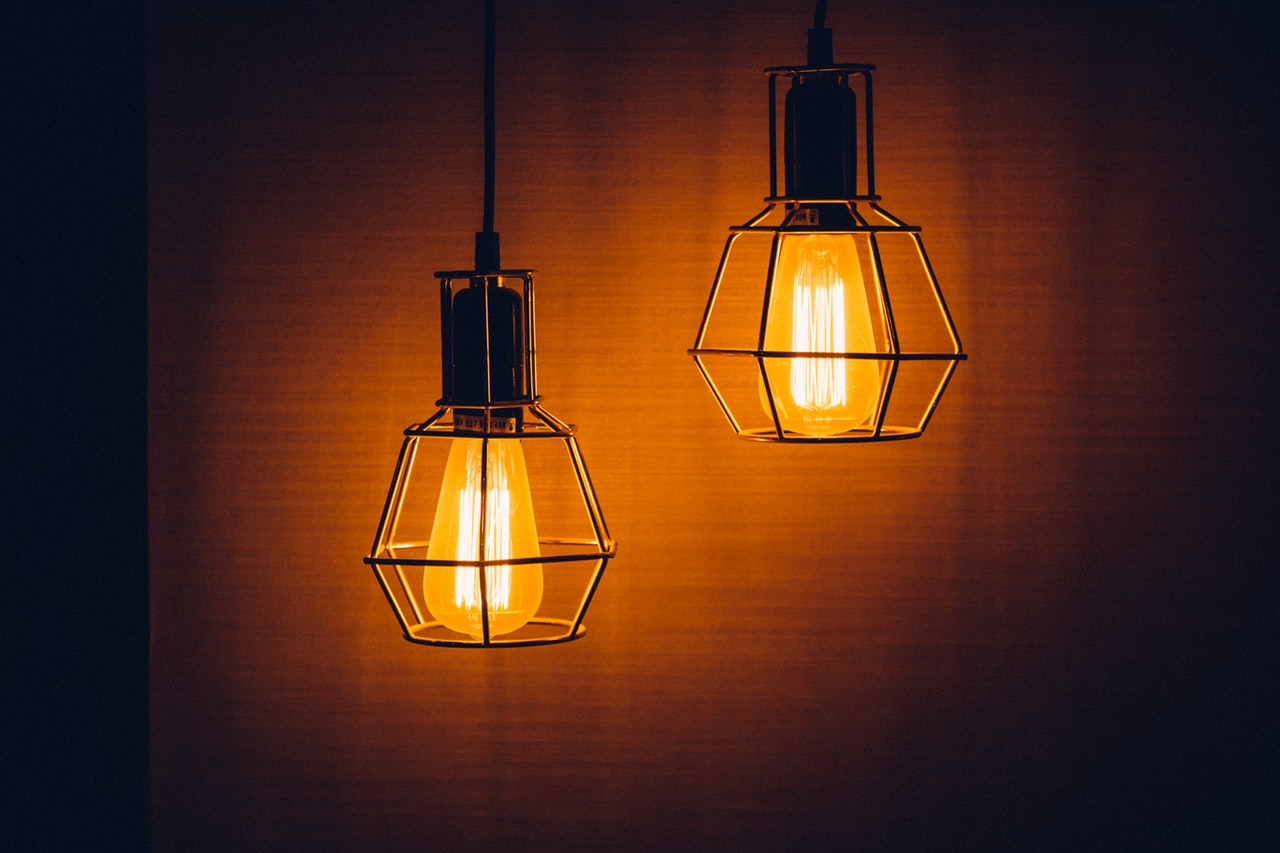Lighting is a technology that is constantly evolving.
Any resource claiming to show toy everything you need to know about lighting technologies is inevitably conceitful. So, in this article, we will look at some of the common lighting technologies that have been developed in this constantly evolving sector.
Categories of Lighting Technologies Changing the World
Artificial lighting technologies are classified under flame-based and electricity-based lighting.
1. Flame-based Lighting
Flamed-based lighting involves producing light from fire through burning carbon-based fuels such as kerosene, wood, vegetable oil, wax, and gas. These sources of light are based on the principle of incandescence.
Incandescence lighting may not be suitable for many facilities today because flame-based lighting is not energy efficient. Most of the energy produced is lost in the form of heat. Flame-based lighting also creates pollution, and these pollutants can be harmful to human health and the surrounding environment.
2. Electricity-based Lighting
 Modern homes have now become accustomed to electricity-based lighting. There are numerous types of electricity-based lamps in the market, and you’ve got to know the basics of each to identify lights that would be most suitable for your home or working environment.
Modern homes have now become accustomed to electricity-based lighting. There are numerous types of electricity-based lamps in the market, and you’ve got to know the basics of each to identify lights that would be most suitable for your home or working environment.
3. Incandescent Lamps
Incandescent light is based on the principle of incandescence, in which light and heat are produced by burning a filament. However, incandescence-based light sources are becoming less common in many modern homes today because they are also not energy efficient.
The energy efficiency is considerably low when compared to other sources of light like LED. For example, only ten percent of energy is converted to light when a 100 W incandescent lamp is lit. Ninety percent of the energy is converted into heat.
4. Gas Discharge Lamps
Gas discharge lamps light up when gas glows in a glass enclosure. These lamps use mercury vapor, sodium, mercury tungsten, krypton, neon, and argon gas to light up. When these gasses are burnt, they produce either ultraviolet (UV) or visible light.
The color of light produced depends on the pressure and amount of electric current and mixture of gasses in the glass enclosure. This type of lighting is quite energy efficient compared to incandescent lamps. However, the manufacturing process is quite complicated. They often require auxiliary electronic equipment to control the current flow through the gas to prevent arc flash or current runaway.
The other disadvantage that makes these lamps unsuitable for use in many facilities today is the start-up time required to achieve the full light output. The recent improvement in the LED lamp technology has overcome both energy efficiency and start-up time challenges, making it a preferable source of light in many modern homes today.
5. Fluorescent Tubes
These lamps are powered by low-pressure mercury vapor that uses fluorescence phenomena to produce visible light. Fluorescent bulbs use electric energy much more efficiently compared to incandescent lamps. While incandescent bulbs produce a luminous efficiency of 16 lumens per watt, fluorescent bulbs produce an efficiency of about 50-100 lumen per watt.
A fluorescent bulb will be more costly to acquire than incandescent bulbs because it is fitted with ballast to regulate the current in the lamp. However, the energy efficiency of the fluorescent bulb offsets the initial cost making it a more affordable source of light for many homes today.
NB
Fluorescent bulbs contain mercury. They are therefore classified as hazardous waste. Consequently, it would be best to separate them from the rest of the waste for safe disposal or recycling.
Types of Fluorescent Lights
There are numerous types of fluorescent light bulbs. Let’s look at a few of them.
i). Blacklight
If you need to authenticate banknotes, oil paintings, or antiques, black light is the best light to use. These bulbs are a subset of fluorescent lamps, which emit UV light at about 360nm wavelength.
Although they are built in the same fashion as fluorescent bulbs, black lights are often coated with a phosphor which converts short UV to long UV rather than visible light.
Other uses of blacklight include attracting bugs to bug zappers and detecting materials like urine and different types of dyes that would be invisible to light.
ii). Tanning lamps
If you need to have some pleasant sun experience indoors, you do not need to go out in the sun. Tanning lamps or bulbs produce UV light that gives that nice warm outdoor feeling even in winter.
It is important to note that tanning lamps can expose you to skin conditions and complications such as cancer. So, every time you are exposed to tanning lamplight, it is critical that you wear recommended eyewear for eye protection.
iii). UVB Medical Lamps
Ultraviolet B lamps are medical lamps used to treat a variety of skin conditions such as vitiligo, acne, psoriasis, and eczema.
Narrowband UVB bulbs effectively treat infections in skin folds such as lichen planus, psoriasis, and vitiligo, which broadband UVB bulbs cannot. What is more, broadband UVB light helps in increasing the amount of vitamin D3 in your body.
6. Light Emitting Diodes (LEDs)
 The use of LEDs lighting technologies is the way of the future. LED is developing as a more reliable light source for homes, public spaces, and indicator lights in electronic lights. It is ninety percent more efficient and durable compared to other sources of light.
The use of LEDs lighting technologies is the way of the future. LED is developing as a more reliable light source for homes, public spaces, and indicator lights in electronic lights. It is ninety percent more efficient and durable compared to other sources of light.
This lighting technology is developing more every year. It is getting more flexible in design, creating more efficiency, and has a host of other benefits. Some of these benefits include;
i). Greater brightness: The brightness of LED bulbs is way greater than previously used sources of light. LED is measured in lumens, not watts.
ii). Higher efficiency: LED lighting is much more durable and energy-efficient than other sources of light. They use only two to ten watts of electricity.
iii). Greater affordability: Although LEDs have a higher upfront cost, it is more affordable considering the lifespan of the bulbs in the long run.
iv). Design: LEDs have a compact size design, which makes them ultra-flexible. Designers and manufacturers can create silhouettes that were incredibly difficult to achieve before.
v). Mercury-free: LED lighting technologies do not use mercury, so you do not need to be extra careful when disposing of them.
vi). Slow Failure: Unlike incandescent bulbs, LEDs do not burn out abruptly. They dim slowly over time, thereby giving you enough time to replace them without any inconvenience.
vii). Dimming: With the new LED lighting technology, you can now have fixtures that give you a warm dim to rhyme the mood in the house when, for example, having a romantic dinner in the house
Bottom Line
As mentioned before, lighting technologies are dynamic. Their ever-changing nature limits an exclusive discussion in one article.
However, the most important thing to note is that although LED is becoming a preferable source of lighting, different applications require different types of lighting. It is best to know which light best suits your needs before settling on a particular lighting system.

The Ideas Plus Business Editorial team is responsible for this post. For collaborations and partnership requests, kindly send an email to the Editorial Team at ideasplusbusiness[at]gmail[dot]com for the terms and conditions. You can also follow IdeasPlusBusiness.com on Twitter here and like our page on Facebook here.

